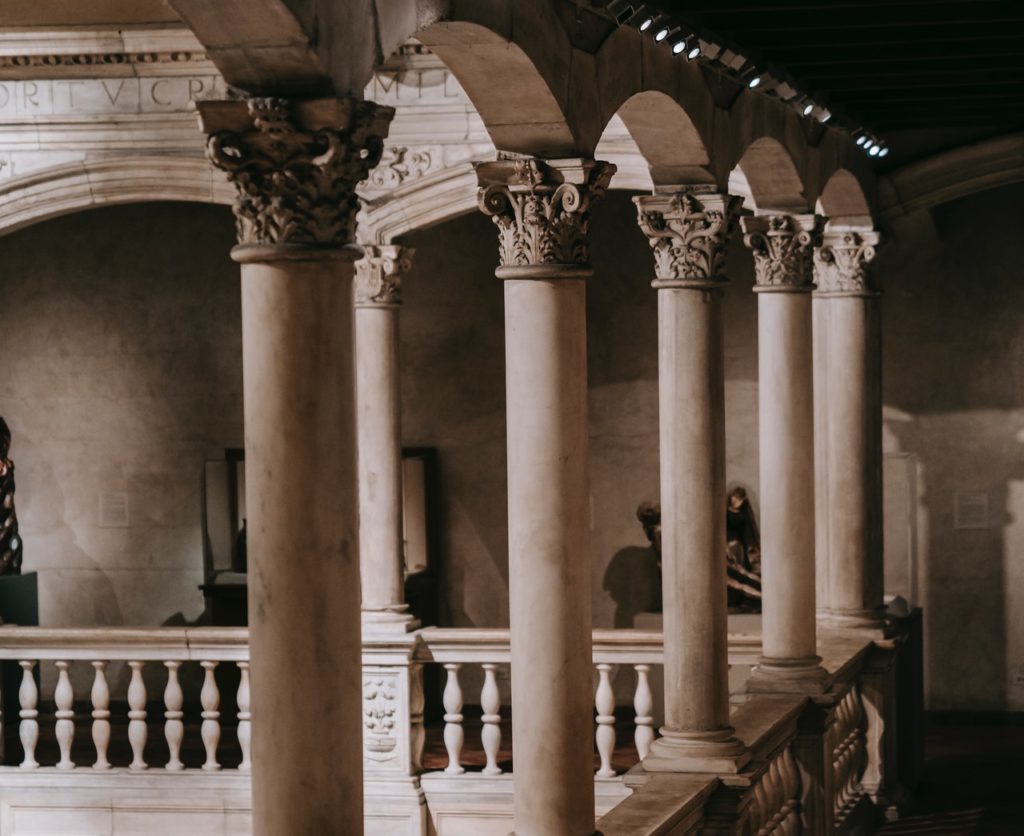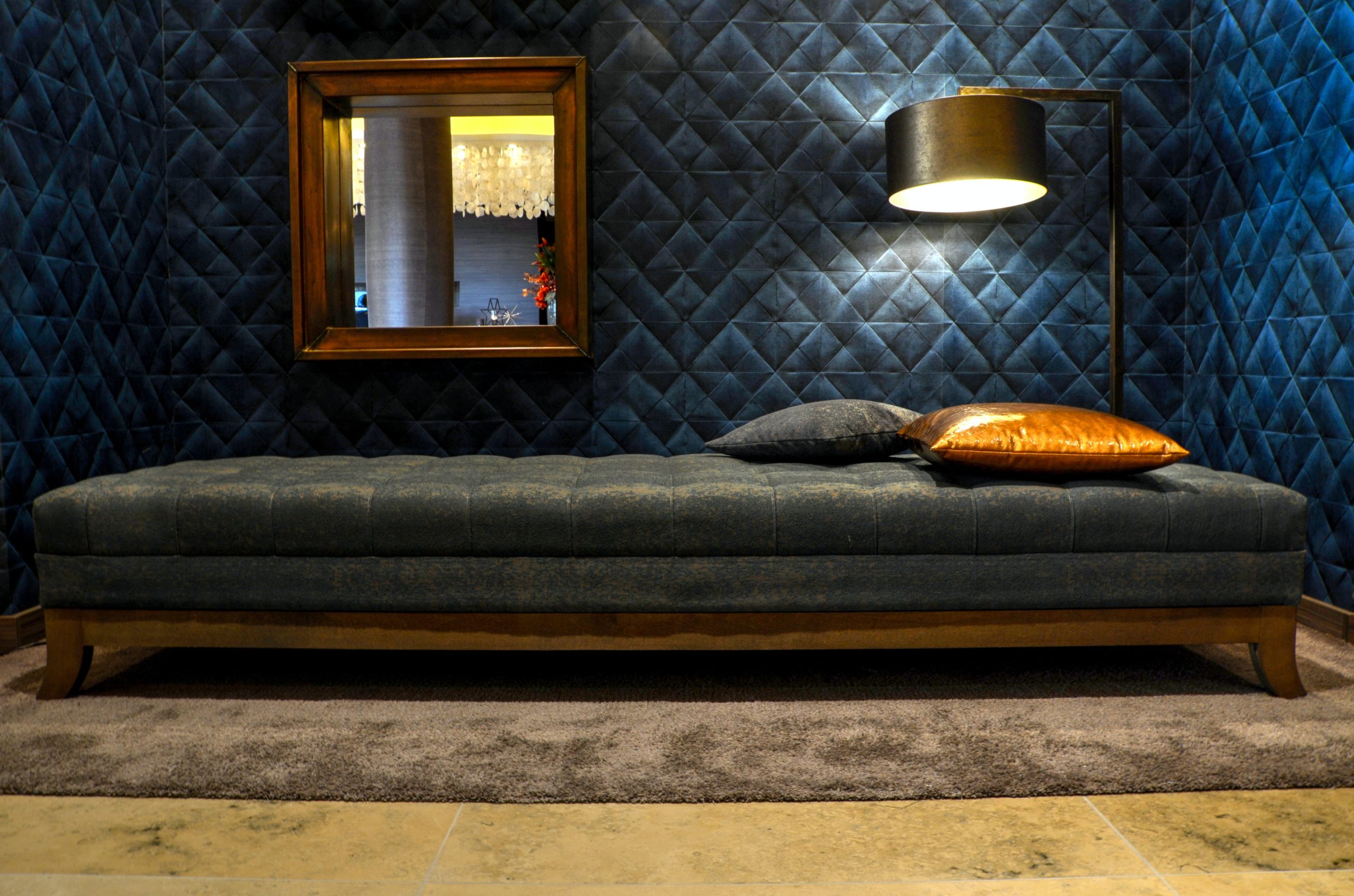A successful home design project requires you to make dozens of decisions. Whether you’re adjusting the layout of your existing home, renovating or committing to build new, it’s no small feat.
That’s why you’ll want to enlist a building design professional who intimately understands every part of the process and knows how to customise it for your home design.
Someone who can help you distill the kind of experience you desire from your home and create a design concept that brings it to life.
At their best, they should be a partner in your home design (project), seamlessly evolving your design from initial concept to final realisation, in alignment with your vision and budget.

But what kind of building design professional is right for you, an Architect or a Building Designer?
This decision sets the stage for the scope (and success) of your home design project. Understanding the differences between design professionals is a source of confusion for many people. Like any industry you’re unfamiliar with, there can often be a whole bunch of terminology that’s difficult to decipher.
So with this in mind, I’m going to break down the difference between Architects and Building Designers so that you can make a decision that is in alignment for you.
An Architect is a design professional who can be involved in every stage of your home design.
They can generate design concepts, create detailed drawings, renderings and plans, obtain quotes for labour and materials, assist with scoping and budgeting and manage construction consultants.
Architects complete a 5+ year university degree and to qualify for this course, they’ll require a HSC ATAR in the high 90’s (this differs from other educational pathways which have lower barriers to entry). Architecture students typically deep-dive into the art and science of building design, with a focus on conceptual and technical design, as well as periphery topics like design history and contract law.
To legally operate as an architect, you must:
- have a formal tertiary education / degree in architecture
- be covered by the necessary liability insurance (this is required for registration)
- be officially registered as an architect with the governing architecture body in their state or territory
Their official registration is the most important distinction that separates an architect from another design professional. In fact, you could hold several relevant degrees and still not legally qualify as an architect UNLESS you’ve officially been registered with the appropriate governing body. To be eligible, you need a tertiary qualification and a minimum of 2 years professional experience under a registered architect in the field.
A Building Designers role has been evolving within the industry, so people are less familiar with the exact definition and it’s distinction from an Architect OR a Draftsperson.
The simple answer is that a Building Designer sits somewhere between an Architect + Draftsperson. With skills in technical drafting and documentation. Generating design concepts across residential and commercial construction.
A Building Designer will be able to help you at every stage of the design and construction process, including generating initial concepts, drawing and documentation, liaising with regulatory bodies to ensure compliant designs and managing external construction consultants.
While an Architect must meet highly specific nation-wide prerequisites to qualify as such, there is more variance among Building Designers. Each state and territory has different regulations around formal licensing and registration. In Victoria, Queensland and Tasmania, there are specific registration codes in place.
To use the example of my own Melbourne-based design business, falls under the Victorian Building Act (1993). This Act requires me to be registered with the Building Practitioners Board. To be eligible for this registration, you need to supply evidence of your formal qualifications and practical work experience within the industry, as well as sitting an exam (which can involve evaluation via a panel) and holding the necessary insurances.
A Building Designer may have a university degree in Architecture and simply lack the formal licence of an Architect, or they may have chosen an alternative pathway such as a TAFE Diploma.
While the same regulations do not apply in NSW, WA, SA or NT, it’s important to note that any Building Designer must produce work that fully complies with external building and planning regulations. If they don’t, their design cannot be executed.

When you break it down, Architects and Building Designers actually perform remarkably similar roles.
The key distinction relates to their formal qualifications and registration process.
While an Architect MUST have a tertiary degree and registration with a nation-wide governing body, the regulatory process a Building Designer must undergo will depend on the state they’re operating in.
Architects will typically be more expensive than Building Designers due to their in-depth expertise in theoretical and conceptual knowledge of design . It isn’t necessarily because they’re carrying out vastly different tasks with more responsibilities.
But ultimately, whether or not there is a significant cost difference between the two will depend on the scale of your project, as well as the specific qualifications and experience of the design professional in question.
Like any industry, no professional will have the exact same qualifications and on-the-job experience. In some cases, a higher cost will translate into a higher level of expertise – but not always!
HOW DO I DECIDE BETWEEN THEM?
At this point, I’m going to have to deal out the ultimate ambiguous answer – “IT DEPENDS”.
I know you want a definitive response, however blindly making a decision without truly thinking through your specific requirements won’t do you any favours in the long-run!
Instead, I want you to consider the scope of your building (home) design project, the experience you desire and the budget you have to spend.
If your vision entails complex, high level, bespoke design requirements and you have an open mind, I would highly recommend an Architect due to their in-depth theoretical and conceptual knowledge of design.
Alternatively, if you are more excited by considered design that encompasses function and aesthetics without a large spend, a Building Designer may be the perfect fit.
A Building Designer will be able to help you generate the kind of design concepts that give you a solid foundation, while still working within your time and budget constraints. They’re a great middle-ground between an Architect and Draftsperson – they have a detailed understanding of design while also being fluent in ‘construction speak’. This practical experience working with Builders and other external consultants means that they’ll be able to communicate your design vision to a variety of stakeholders.
PRO TIP:
Seek a Building Designer or Architect who is experienced in managing the whole design and build process – designing the initial concept, meeting relevant regulatory codes to ensure compliance, creating detailed construction drawings and working along side external builders and consultants.
This allows you to focus on your day to day life, rather than trying to single-handedly navigate the many moving parts of a project. It also mean that the integrity of your initial vision is maintained, because your Building Designer will be there at every stage, working with external consultants as they execute your design concept.


The most important thing when making the decision to work with any design professional, is to do your homework.
FIRSTLY, START BY CLARIFYING YOUR OWN PROJECT SCOPE AND BUDGET.
- What are your non-negotiables?
- What are you looking for in a designer?
- How complex is your project?
- What time or financial constraints do you need to work within?
Then you can turn your attention to choosing your design professional.
WHETHER YOU CHOOSE AN ARCHITECT OR A BUILDING DESIGNER, IT’S ESSENTIAL THAT YOU GET TO KNOW THEM AND THEIR WORK BEFORE MAKING A FINAL DECISION.
- Research their experience, qualifications and whether they comply with the relevant regulations in your state or territory.
- Double-check their credentials by contacting your state Architecture board or local building authority.
- Ask to see their previous projects and ask questions about the client’s experiece.
- Enquire about their design process.
- Understand the scope of their role – that is, how involved they will be in each stage of your project.
AND EQUALLY IMPORTANTLY, CONSIDER WHETHER YOU ‘GEL’ WELL WITH THEM FROM A PERSONAL PERSPECTIVE.
If you think this sounds airy fairy, think again.
A building (home) design project can often span many months and the best partnerships between a home owner and building design professional will depend on communication, trust and a shared vision.
- Consider the types of client’s your potential designer has worked with in the past.
- Is there an area of residential building design that they’re most passionate about?
- What motivations, inspirations and personal experience informs their design philosophy?
In the end, the best results come from making a decision that is most in alignment to you.











Read the Comments +